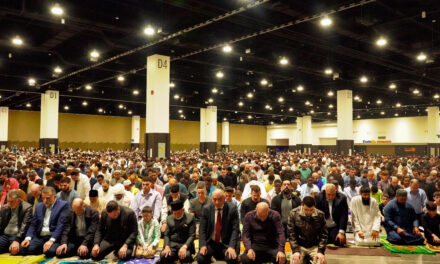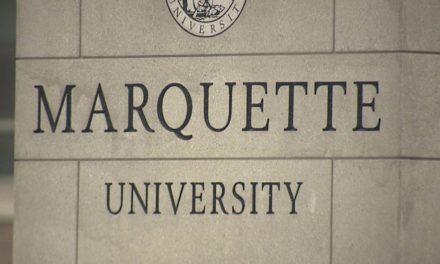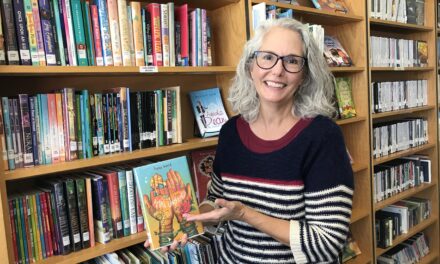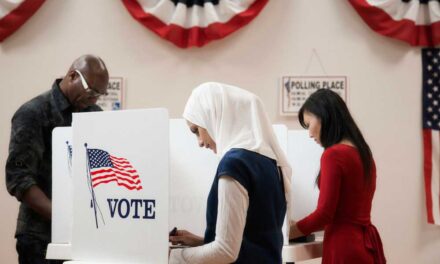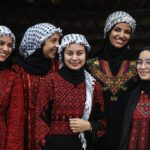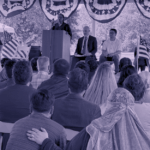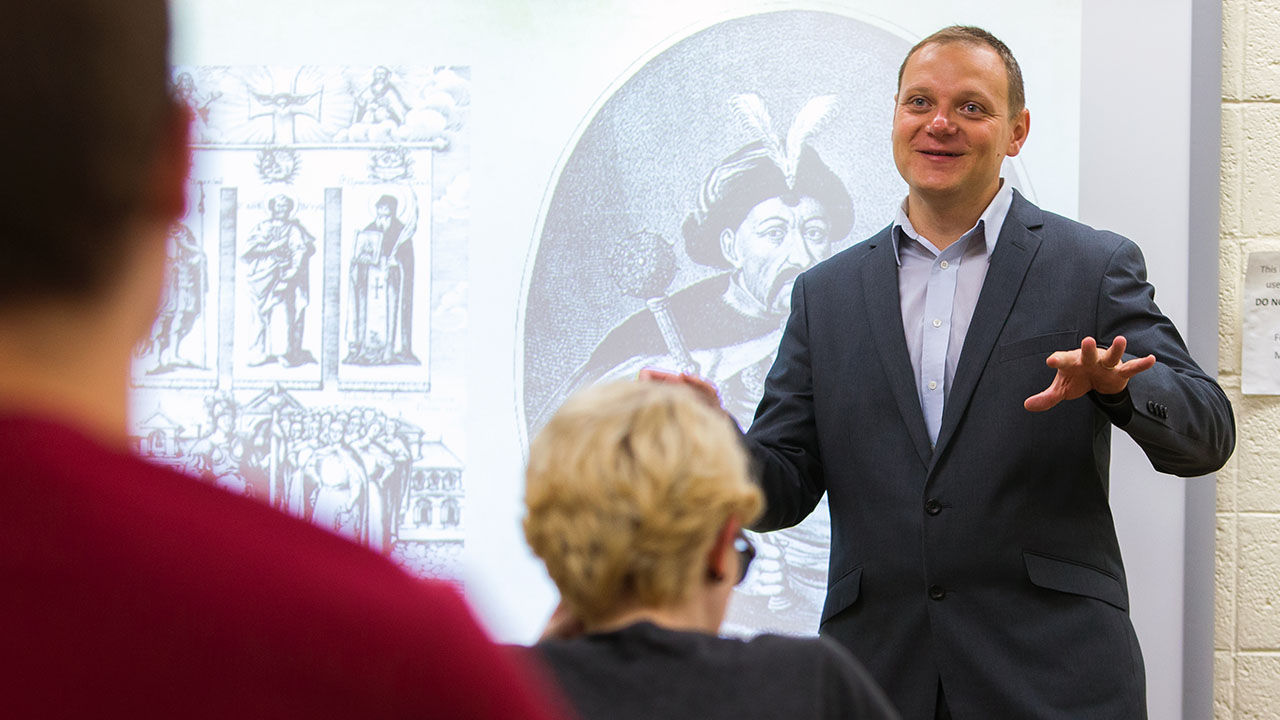
Photo courtesy of the University of Wisconsin-Platteville
UW-Platteville associate professor Andrey Ivanov, Ph.D., spoke at UW-Milwaukee recently about Ukraine’s multiethnic history.
Following the fall of Afghanistan to the Taliban in 2021, ending America’s longest war, about 79,000 Afghans immigrated to the United States, including almost 13,000 to Wisconsin. Six months later, Russia invaded Ukraine and the Biden administration opened America’s doors to up to 100,000 Ukrainians. (The U4U Program welcomed about 100,000 in the first year, but by December 2023, 170,000 had immigrated through this program, he added.)
These back-to-back cases of urgent forced migration spurred the U.S. to implement special emergency policies. “The sluggishness of an overwhelmed U.S. immigration system has pushed government officials to adapt or create ad hoc pathways for Afghans and Ukrainians to enter the United States, where both groups have been met with broad public support,” states a report by the Migration Policy Institute, an independent, nonpartisan think tank.
Andrey V. Ivanov, Ph.D., an associate professor of history at the University of Wisconsin-Platteville, observed that the similar immigration tracks of Afghans and Ukrainians are rooted in policies first developed in the 1950s for refugees fleeing communism. Displaced people of both groups immigrated to the U.S. through temporary humanitarian parole programs.
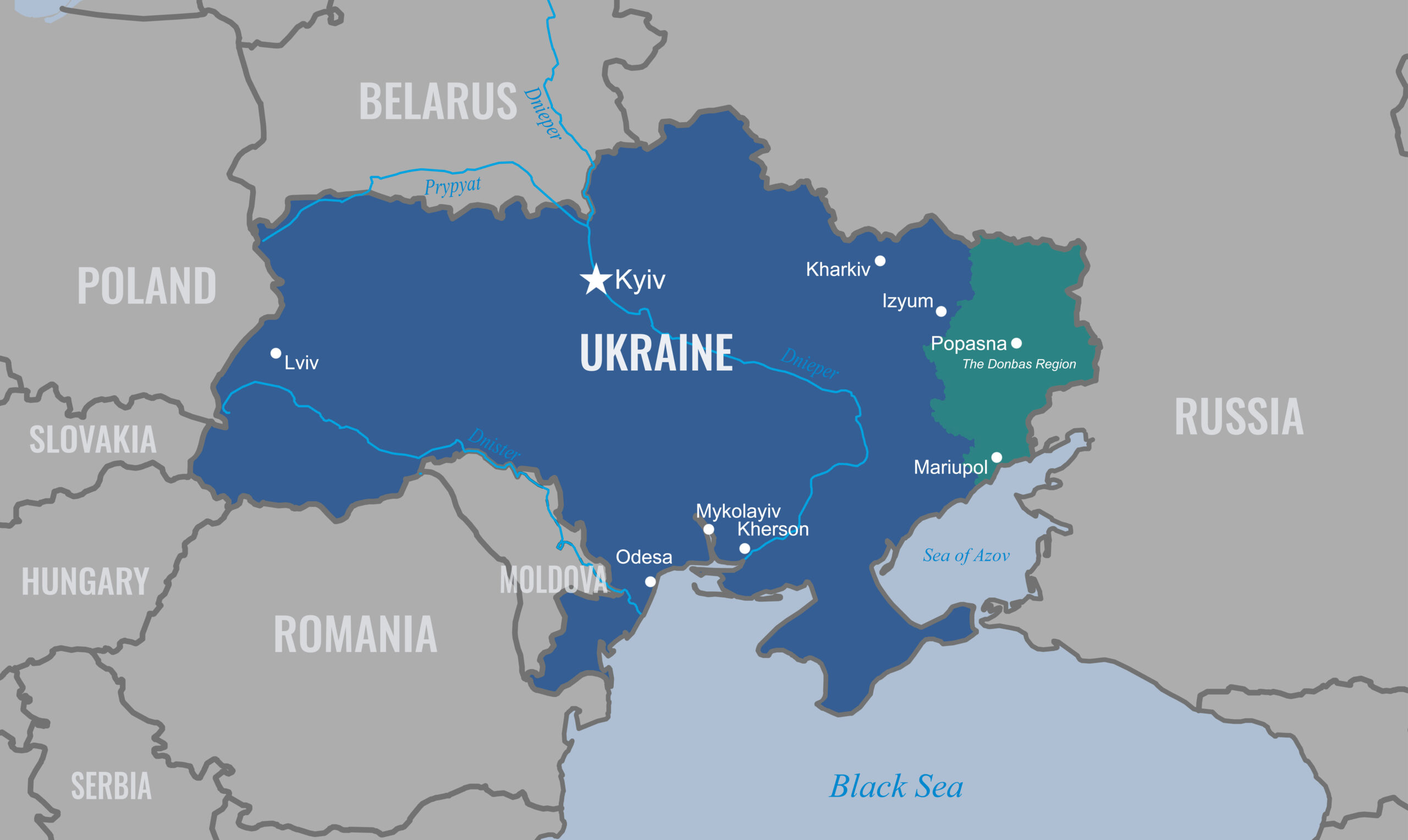
Photo by Peggy Frierson, U.S. Department of Defense
In the largest attack on a European country since World War II, Russia invaded Ukraine in February 2022.
Congress is currently considering a bipartisan bill that would adjust the immigration status of both Afghans and Ukrainians to allow refugees from those groups to stay permanently in the U.S.
Dr. Ivanov is intimately familiar with the plight of Ukrainians who fled their homes amid Russian missiles and rocket attacks and started new lives. He spoke with Rob Ferrett, host of Wisconsin Public Radio’s Central Time, from Poland in March 2022, where he met his parents who had escaped from Kyiv, Ukraine’s capital. He brought them to the U.S. and helped them settle in Wisconsin.
Dr. Ivanov has taught at UW-Platteville since fall 2014. He received his Ph.D. from Yale University in 2012 and has held visiting faculty and research fellowship appointments at Boston College, UW-Madison and the University of Notre Dame.

Andrey Ivanov, Ph.D.
UW-Platteville Associate Professor of History
UW-Platteville historian spoke at UWM on Ukraine’s multiethnic history
As a history professor who specializes in the religious, cultural and social history of the Russian Empire, Dr. Ivanov also has an academic interest in migration and its role in history. At the invitation of the University of Wisconsin-Milwaukee’s History Department, Ivanov spoke at UWM in April about Ukraine’s multiethnic history.
“When we think about Ukraine, we often think everybody in the Ukraine is Slavic,” he told the Wisconsin Muslim Journal in an interview. “The president is Jewish and former Prime Minister Volodymyr Groysman, who was prime minister during Zelensky’s first term, is Jewish. The defense minister is Muslim. The richest man in Ukraine is Muslim.”
Dr. Ivanov described Ukraine’s 300-year struggle for independence from about 1648 to the revolution of 1917. “We don’t often think about the different ethnicities that have contributed to the Ukrainian struggle for freedom. People don’t often realize that Muslims, Jews, Poles, Germans, Greeks and Roma played important roles in Ukraine’s history.”
Ivanov shares observations on recent Afghan and Ukrainian immigration to U.S.
In a recent interview with WMJ, Dr. Ivanov noted the similarities in the recent immigrations of Afghans and Ukrainians, including their special U.S. immigration status that was first developed in the 1950s for people fleeing communism. He also described some of the experiences both groups have had in resettling in Wisconsin.
Below are the highlights of that interview.
First of all, how is your family?
My parents are here. They are fine, in safety. My sister is working long hours in cheese packing. I joke that she’s a true Wisconsinite.
You mentioned the U.S. gives both Afghans and Ukrainians special immigration status. Please tell us more about that.
Afghans and Ukrainians both come here on humanitarian parole programs authorized by the U.S. Congress. Both have escaped from war.
The Afghan program is called “Operation Allies Welcome” and the Ukrainian program is called “Uniting for Ukraine.” They give them a temporary status due to the emergencies they face.
Although they are not technically refugees, Afghans and Ukrainians are treated as refugees in many ways, which means they benefit from job training programs that operate in Wisconsin through the W2 Program. They also have English language programs. Here in Platteville, Afghans and Ukrainians go to the same English classes that are provided by the Office of Refugee Resettlement.
The parole programs differ from refugee programs. A person designated a refugee has one year to apply for the Green Card and then citizenship in five years, while those with humanitarian parole status do not.
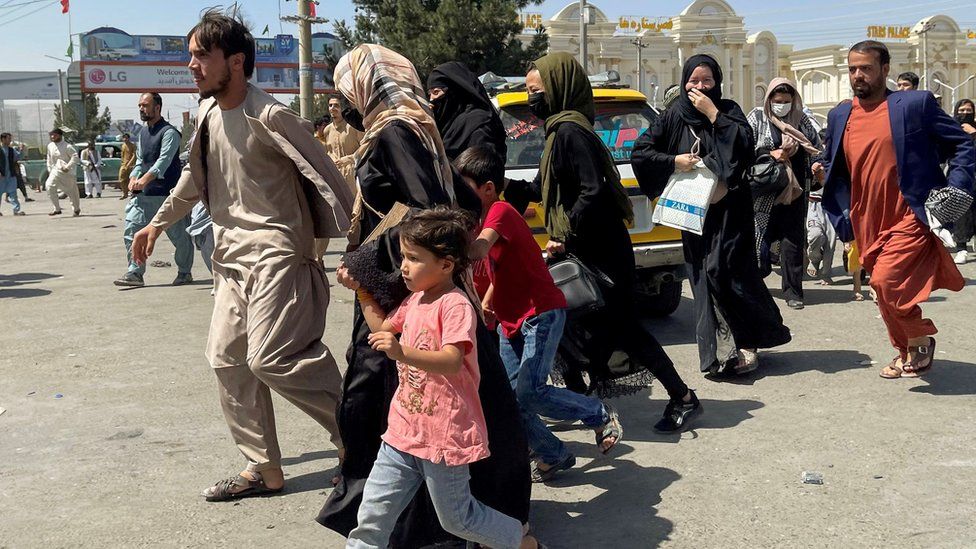
Photo by Reuters
Afghans rushed to the airport when Afghanistan fell to the Taliban at the end of August 2021.
Does that mean Afghan and Ukrainian immigrants with humanitarian parole status do not have a path to U.S. citizenship?
The U.S. Congress is currently considering twin acts: the Afghan Adjustment Act and the Ukrainian Adjustment Act. Both of these adjustments will classify all Afghans and all Ukrainians who came here through the parole programs as permanent residents with the right to receive the permanent resident card and to apply for citizenship.
The humanitarian parole program has an interesting history that goes back to 1956, when the Soviet Union invaded Hungary. President Eisenhower authorized Hungarians to come to the United States on an urgent basis. Refugee processing takes years, sometimes many, many years. But Hungarians needed to find safety so the U.S. created this program. Thousands of Hungarians came here on the first humanitarian parole. Later Congress voted to adjust their status so they could receive permanent residency.


Scenes of newly arrived Afghans at Ft. McCoy, near Tomah, Wisconsin
Is there a timeline to readjust their immigration status?
Most Afghans came to Wisconsin in 2021. That means by 2023, their humanitarian parole status ended. Of course, they can’t go back to Afghanistan that is now controlled by the Taliban if they fought against the Taliban. So the Biden administration allowed them to extend their humanitarian parole for two more years.
The same thing is happening to the Ukrainians now. The Ukrainians came in 2022 and their status is expiring in 2024. So, the Biden administration is providing the same sort of extension they created for the Afghans. The policies for Afghans provide a blueprint for what happens to Ukrainians.
How has resettlement in Wisconsin been for these two immigrant groups?
Wisconsin welcomed lots of Afghans in 2021 and Ukrainians in 2022. The largest Ukrainian community right now is in Milwaukee but the fastest growing Ukrainian community is in Green Bay. I meet new Ukrainians almost every week and I’m in a rural county. There are growing immigrant communities in rural areas, not just around Milwaukee.
There are excellent job opportunities for them. There are a lot of dairy industry jobs available, including cheese packing. This is a great opportunity. My sister and her husband are both working in cheese packing. Many immigrants from different backgrounds work in this field—Afghans, Nicaraguans, Haitians.
In Platteville, Haitian, Ukrainian and Nicaraguan immigrants attend the same churches.
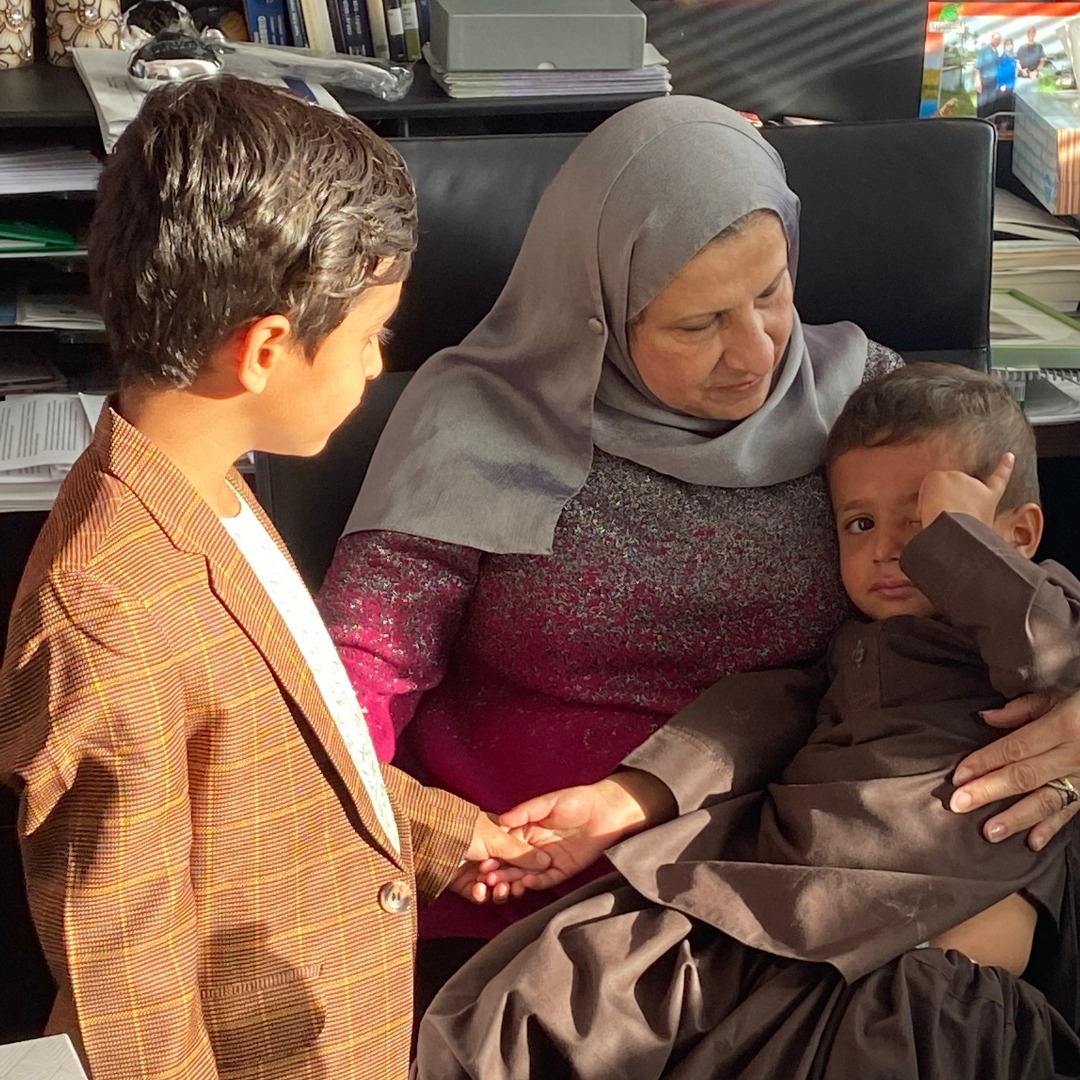
Milwaukee Muslim Women’s Coalition founder Janan Najeeb comforted Afghan children shortly after they arrived in Wisconsin during their visit to the Islamic Resource Center.
Are the Afghans and Ukrainians well received in Wisconsin?
One of the things I hear regularly in Platteville is that if immigrants are pushed out of the community, then the dairy industry would stop. Having these and other immigrants here are an investment in our community.
There are guest workers who come and they are important but the immigrants become part of the fabric of the community. They contribute greatly to American society, especially in rural communities that are losing population. Businesses are really dependent on Afghans, Ukrainians and other immigrants. They are going to contribute.
They also share the values of the country. In both cases, Afghans and Ukrainians were victims of totalitarianism. Those escaping totalitarian regimes integrate into this country very well because they share the fundamental values of this country, which is opposition to totalitarian rule or any form of extremism. They embrace individual liberties.
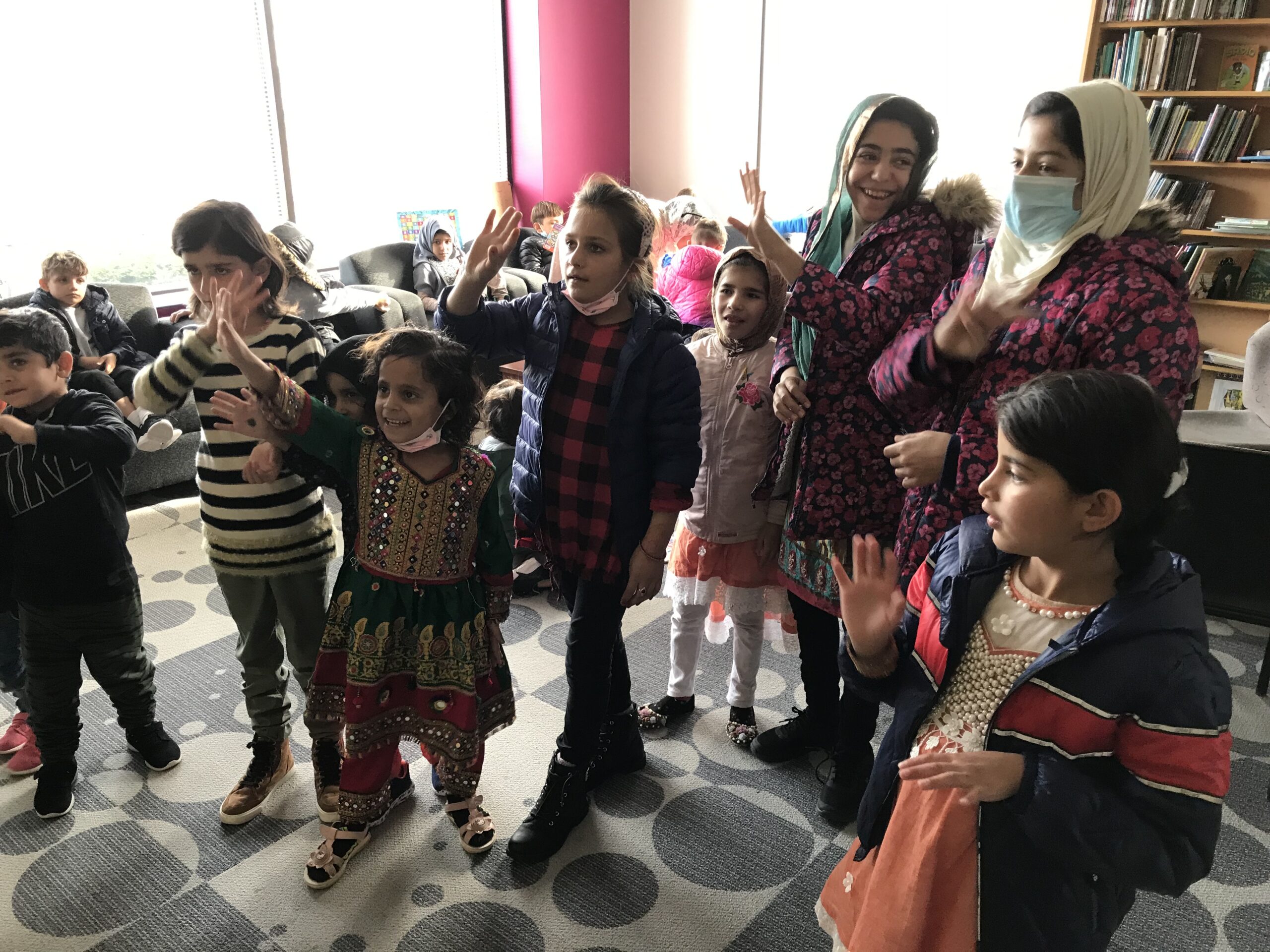
The Islamic Resource Center created activities for newly arrived Afghan children to give their parents time to work on immigration paperwork.
Do you see interest in Ukrainian history from Wisconsinites?
I’m not aware of a Ukrainian history course ever being taught on any University of Wisconsin campus. However, Russian history and Eastern European history have a lot of following here. Ukraine is part of the fabric of that region but the history of Ukraine itself is not a course that has taken off here as it has in other parts of the United States and Canada. Almost every university in Canada has a course on the history of Ukraine.
I am grateful to the UWM history department for inviting me and giving me the opportunity to talk about Ukrainian history. It reflects UWM’s commitment to reach out to the immigrant communities that make up the fabric of Milwaukee. They want to acknowledge the presence of several generations of Ukrainians in Milwaukee.
